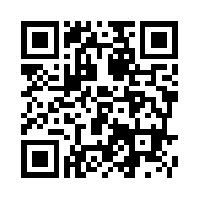The Online Learning Dating Game
We have all been there. The initial attraction. The first interaction – exciting and also a little bit awkward as you get to know each other. And all too quickly things fizzle out leaving you wondering what went wrong. Inevitably you swear off online learning tools until the latest and greatest tool sucks you in again for another whirlwind courtship that leaves you confused and frustrated.
Seeking out and using online learning tools is a lot like dating. People can feel very passionately about their favorite toolbut online tools do not “fit” us all the same so it is worthwhile to take some time to figure out what pushes your buttons and gets you excited when using technology. Rather than going for “looks” when choosing a tool it is better to avoid flashy or “the latest” apps in favor of tools that match course learning goals. Think about what you want the student end result to be and choose a tool that fits it – there is a reason why we all use MS Office tools, they may no longer be “new” or “exciting” but they fit basic learning goals for students to show what they learn in the form of research papers or presentations. That being said, there are newer tools out there that let students share their research and/or learning that also foster collaboration, synthesizing information, and creative thinking. Online learning can be for everyone, it is just a matter of matching the right assignment with the right tool with the right person.
At Seton Hall University the Instructional Design team work as matchmakers, helping faculty members to find the right tool for assignments. Last week Danielle and I gave a presentation of online learning tools for the English Department TAs based off of the discussion of alternative assignments that she and Joe moderated during the TLTR “Fall in Love with Online Learning.”

Fall in Love with Online Learning: Alternative Assignments
In this follow up presentation Danielle and I presented to the TAs several assignment and online learning tool matches that we put together using the online learning tool, Blendspace. Some of the pairs include:
- Presentations + Prezi or TACKK
- Back Channel Conversations + Today’s Meet
- Infographics + Piktochart
- Flipped Classrooms + Animoto &/or Screencast-O-Matic + Blendspace
Are you ready to fall in love with online learning? Take a turn with the Online Learning Dating Game – who knows, you may find a perfect match with one of the featured tools!



